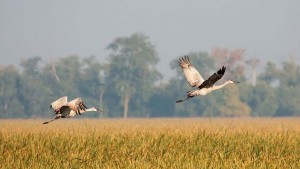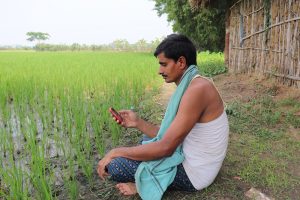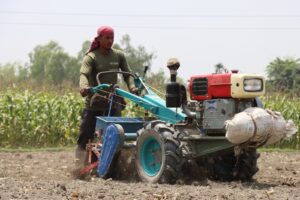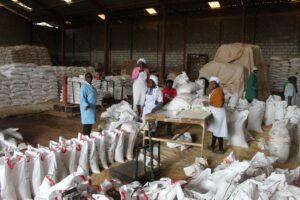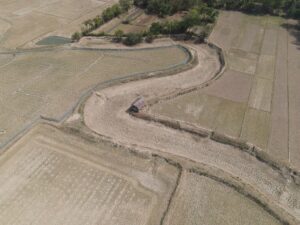During the night of 2 May 2008, Cyclone Nargis barreled across Myanmar’s Ayeyarwady delta, flattening homes and sweeping away people, draft animals, and stores of rice. On a visit to the region 4 months later, plant physiologist Abdelbagi Ismail saw vestiges of the storm’s fury, including tidal-surge watermarks more than 2.5 meters high on the few trees left standing.
He witnessed the lingering anguish of survivors who lost entire families among the 140,000 people dead or missing. “The scene was shocking, and the stories we heard from farmers were horrific,” says Ismail, who with four colleagues from the International Rice Research Institute (IRRI) in Los Baños, Philippines, went to Myanmar (formerly Burma) to advise local scientists on how to restore rice yields after the cyclone.
A year after one of the deadliest cyclones in modern history, Myanmar’s food security teeters on a knife’s edge. Emergency food relief averted starvation among the 2.4 million survivors in the delta, and rice production countrywide has largely rebounded thanks to favorable weather and the use of high-yield varieties. But Nargis paved the way for another crisis—the global financial meltdown—to push Myanmar to the brink of catastrophe. Credit has evaporated, paddy farmers are going broke, and household rice stores are dwindling.
“The country’s rural economy has virtually collapsed,” an official with International Development Enterprises, a nonprofit operating in Myanmar, said to a gathering of food security experts in Yangon in March. “The current conditions are unprecedented in living memory.”
To help Myanmar cope, the European Commission, Australia, the U.K.’s Department for International Development (DFID), and other donors are establishing LIFT, a $100 million, a 5-year fund for livelihoods and food security. Priorities of the U.N.-managed fund are expected to include microcredit schemes, agricultural policy reform, small business development, and R&D to boost agricultural productivity.
Nargis meted out a major blow to fragile farm communities. With gusts topping 200 kilometers an hour, the cyclone cut a swath of devastation 150 kilometers wide as it churned northeast across the Ayeyarwady delta and over Yangon (formerly Rangoon), Myanmar’s capital and biggest city. The tidal surge swamped an estimated 783,000 hectares of paddy fields, destroying a third of the crop in the delta, the country’s rice bowl.
Local rice varieties are tall and blow down easily, says Ismail, and they succumb readily when fields are flooded or salty. Nargis also ruined much of the delta’s rice seeds, which had been stored in bamboo containers that were easily water-logged. “Nargis made a bad food-security situation worse,” says Zoe Hensby, livelihoods adviser at DFID.





